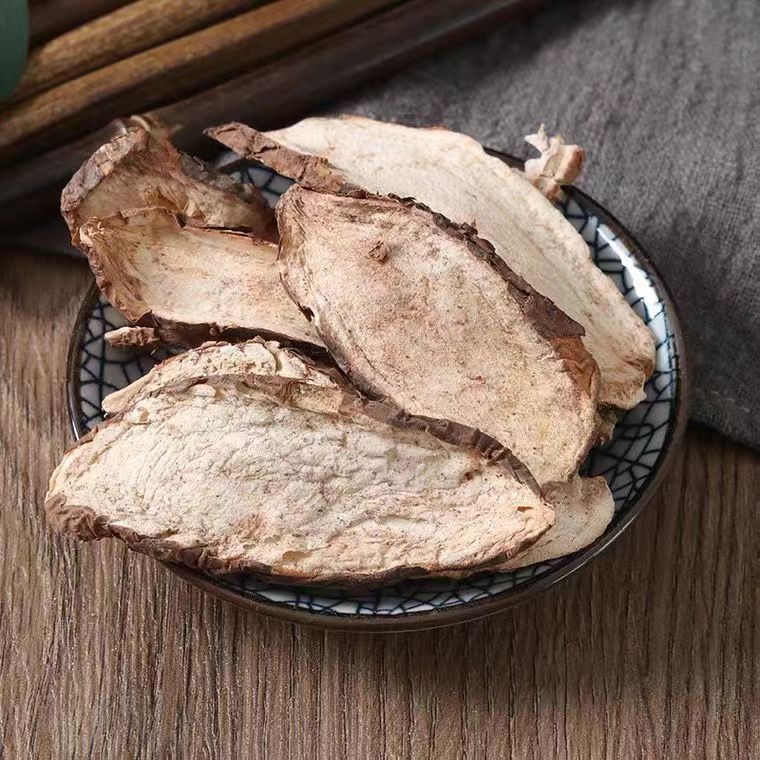
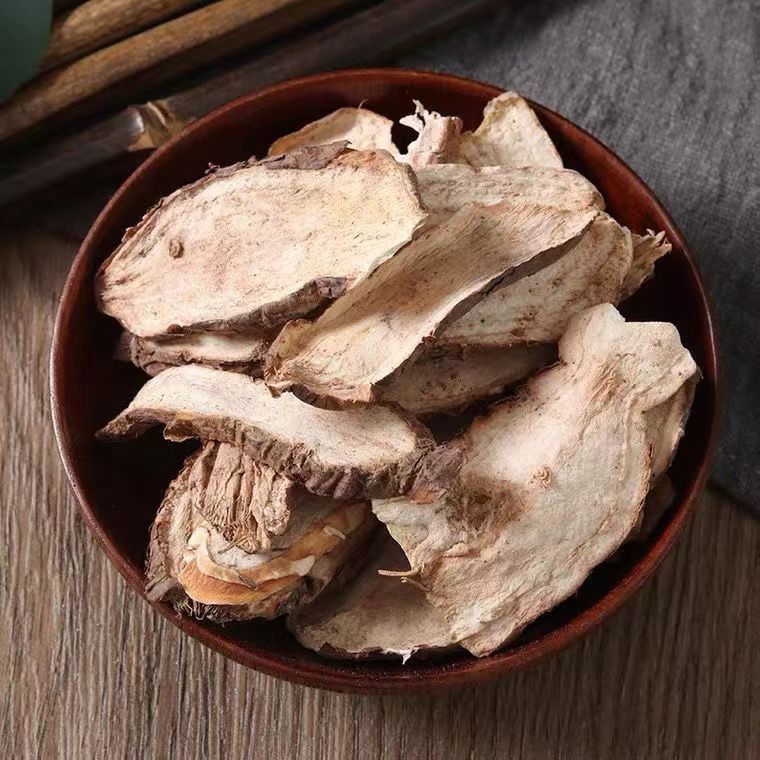

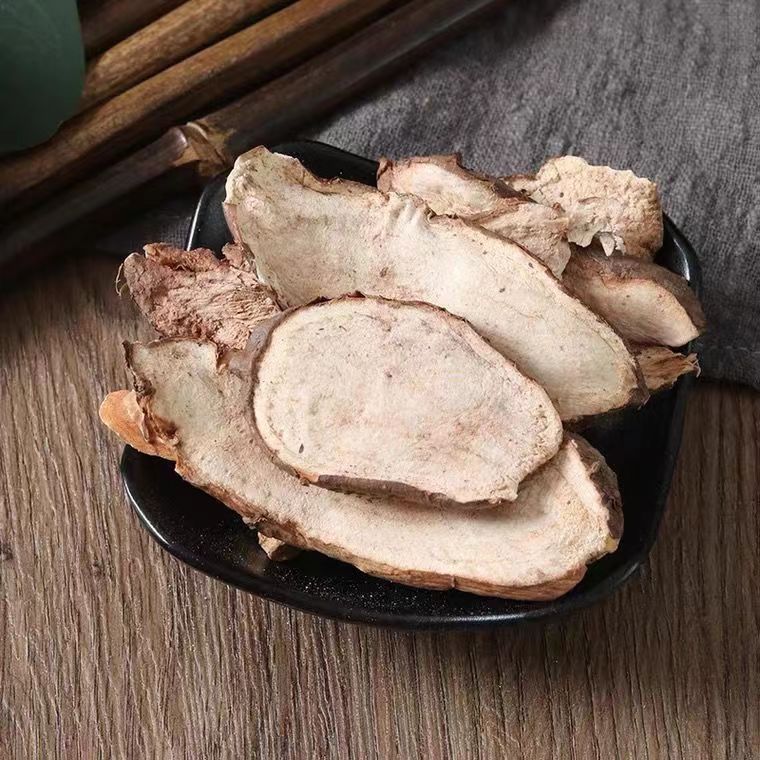
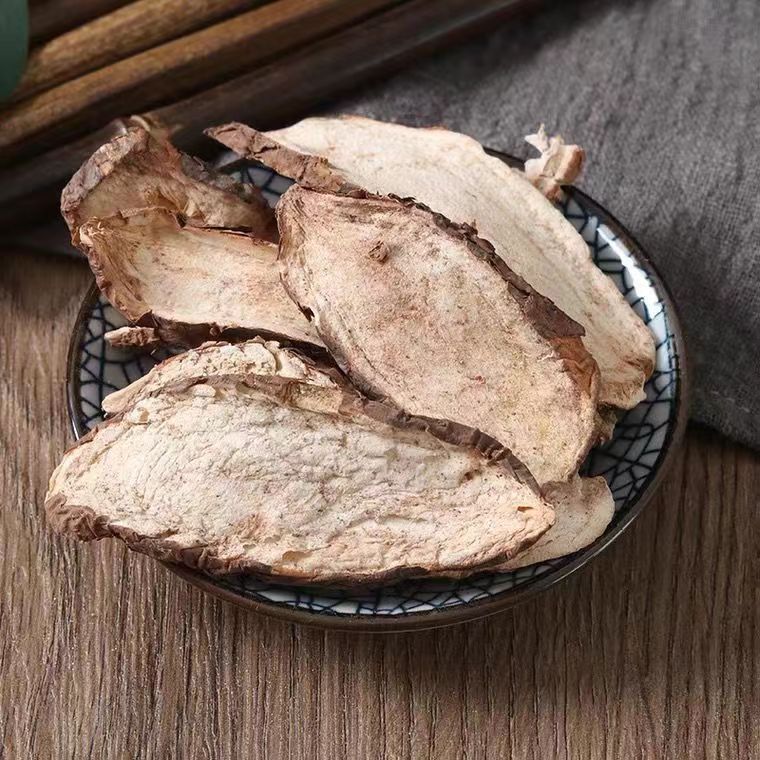
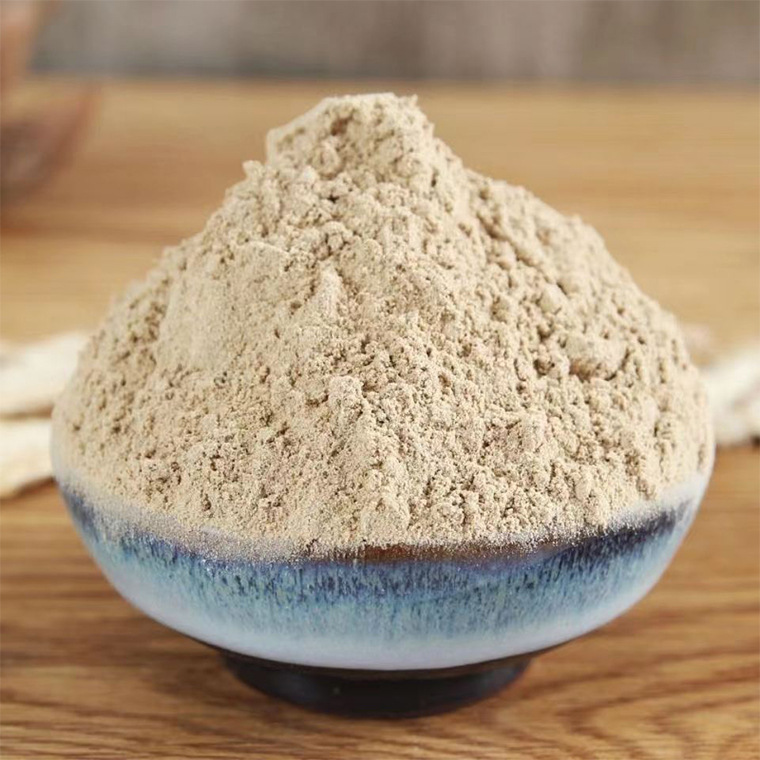
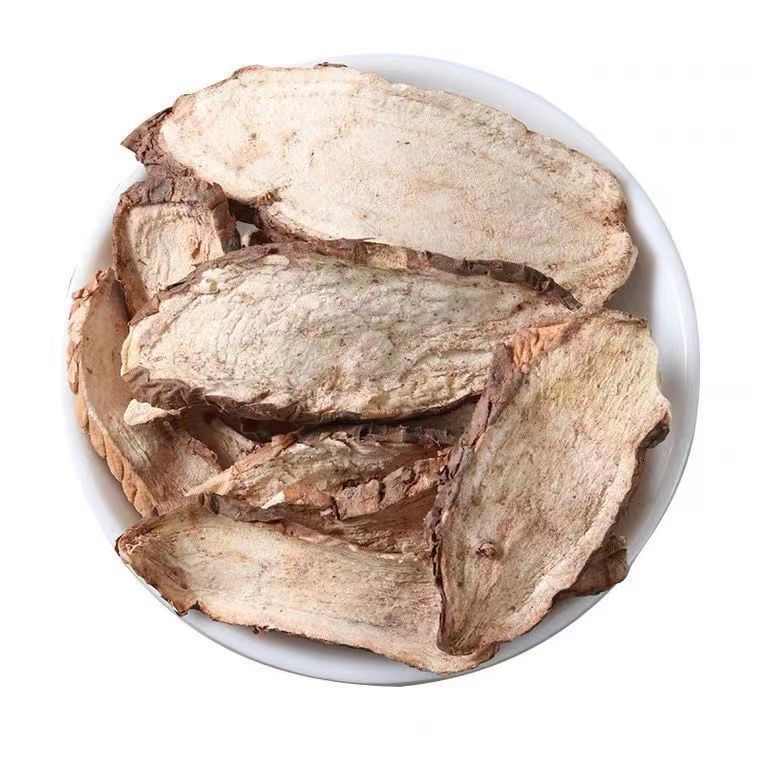







Ampelopsis japonica (Bai Lian), a traditional Chinese medicinal herb, offers multifaceted therapeutic actions, including clearing heat and resolving toxicity, dispelling abscesses and nodules, promoting wound healing, antibacterial effects, and reducing swelling and pain.
Core Therapeutic Actions
1. Clears Heat and Resolves Toxicity
- Properties: Bitter, acrid, slightly cold.
- Applications: Treats scrofula (luǒlì) and subcutaneous nodules (tán hé).
2. Dispels Abscesses and Dissolves Nodules
- Indications: Carbuncles on the back (yōng jū fā bèi), boils (dīng chuāng).
3. Promotes Wound Healing
- Mechanism: Astringes and repairs damaged tissue.
- Uses: External application for traumatic bleeding, burns, or non-healing ulcers.
4. Antibacterial and Antioxidant Effects
- Science:
- Inhibits fungi and bacterial growth.
- Neutralizes liver toxins and suppresses lipid peroxidation.
5. Reduces Swelling and Pain
- Synergy: Enhances analgesia when combined with processed aconite ( Hēi Fùpiàn) or steamed Sichuan aconite (Zhì Chuānwū).
Clinical Precautions
- Contraindications:
- Spleen-stomach deficiency with cold (pí wèi xū hán).
- Absence of "excess fire" (wú shí huǒ) patterns.
- Toxicity Note:
- Potential gastrointestinal irritation with improper dosing.
- Usage Principle:
- Always consult a TCM practitioner for personalized formulation and dosage.
Professional Guidance
While Ampelopsis root demonstrates potent anti-inflammatory and antimicrobial properties, its application requires strict pattern differentiation (biànzhèng lùnzhì). Self-prescription is strongly discouraged.